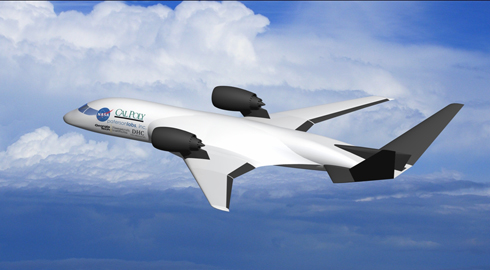Spacecraft Catches Thunderstorms Hurling Antimatter into Space
WASHINGTON — Scientists using NASA’s Fermi Gamma-ray Space Telescope have detected beams of antimatter produced above thunderstorms on Earth, a phenomenon never seen before.
Scientists think the antimatter particles were formed in a terrestrial gamma-ray flash (TGF), a brief burst produced inside thunderstorms and shown to be associated with lightning. It is estimated that about 500 such flashes occur daily worldwide, but most go undetected. (more…)

